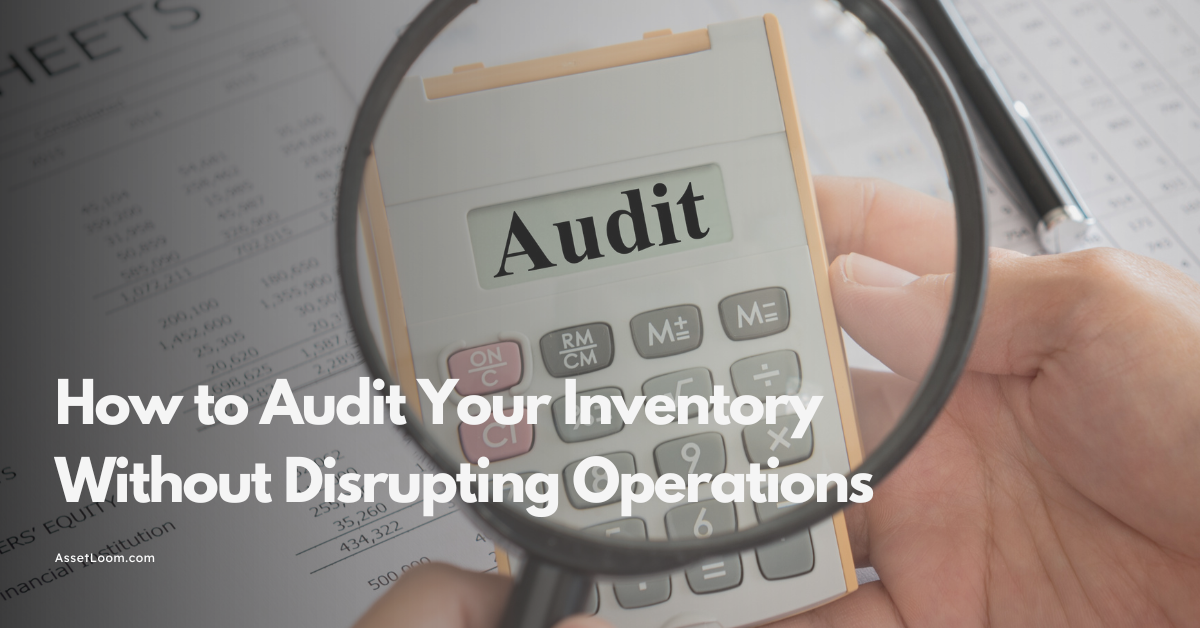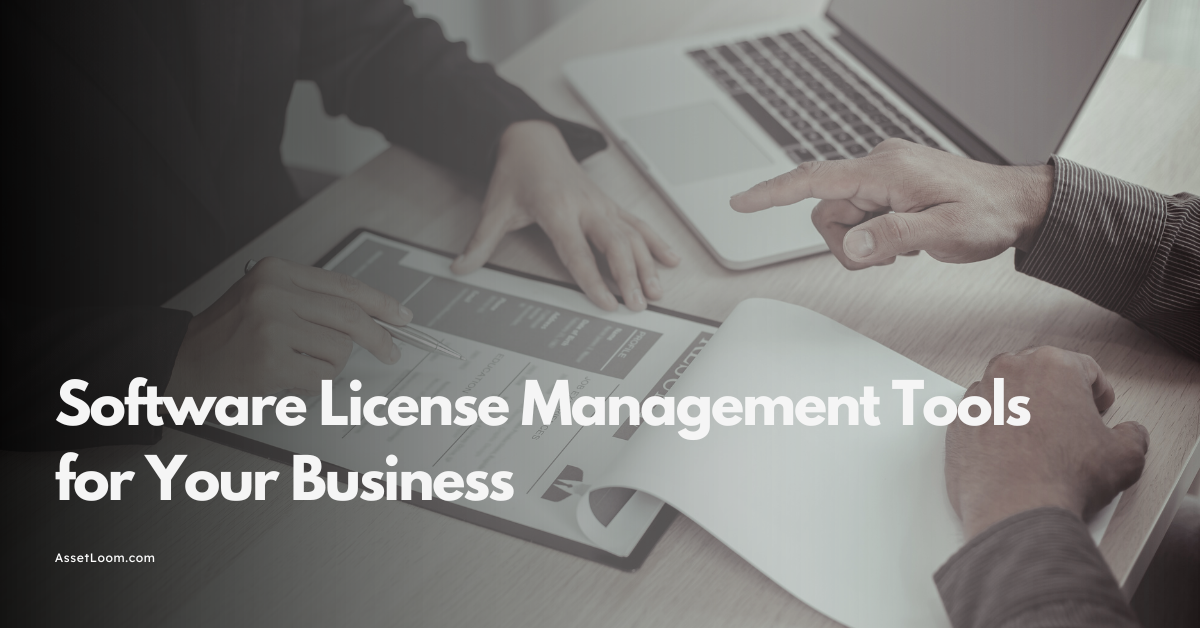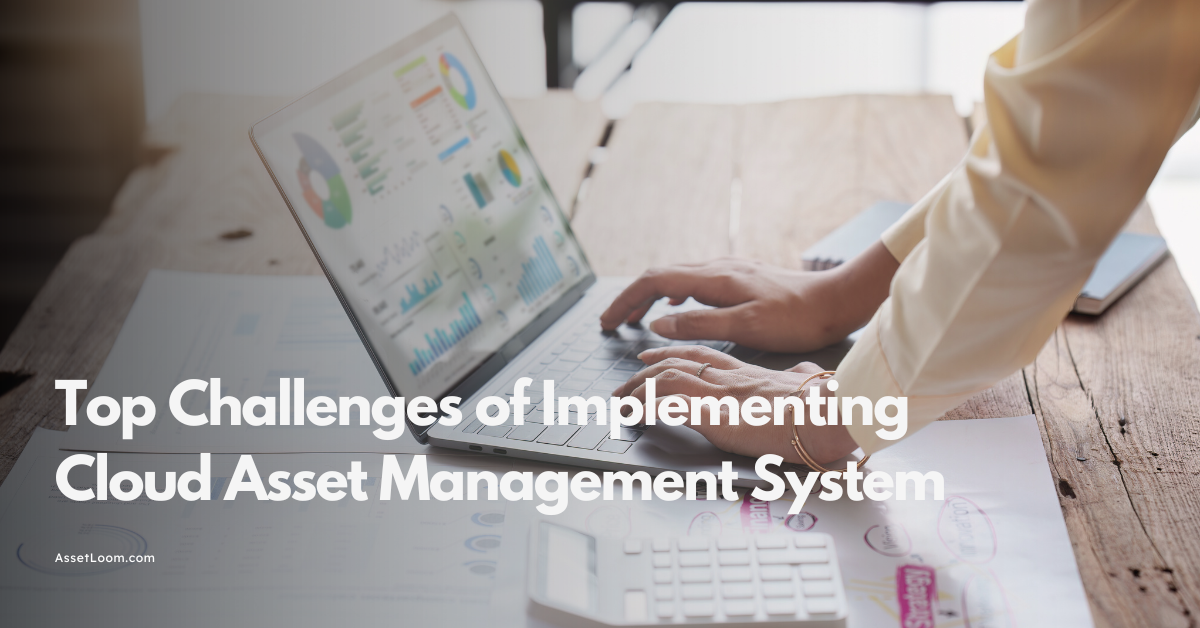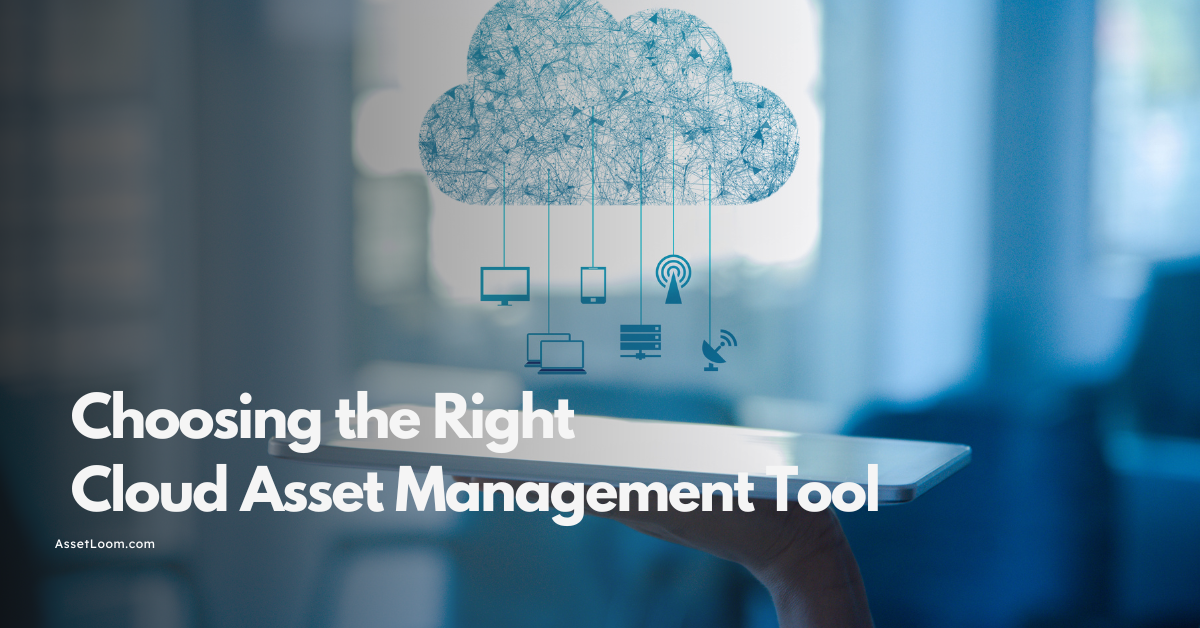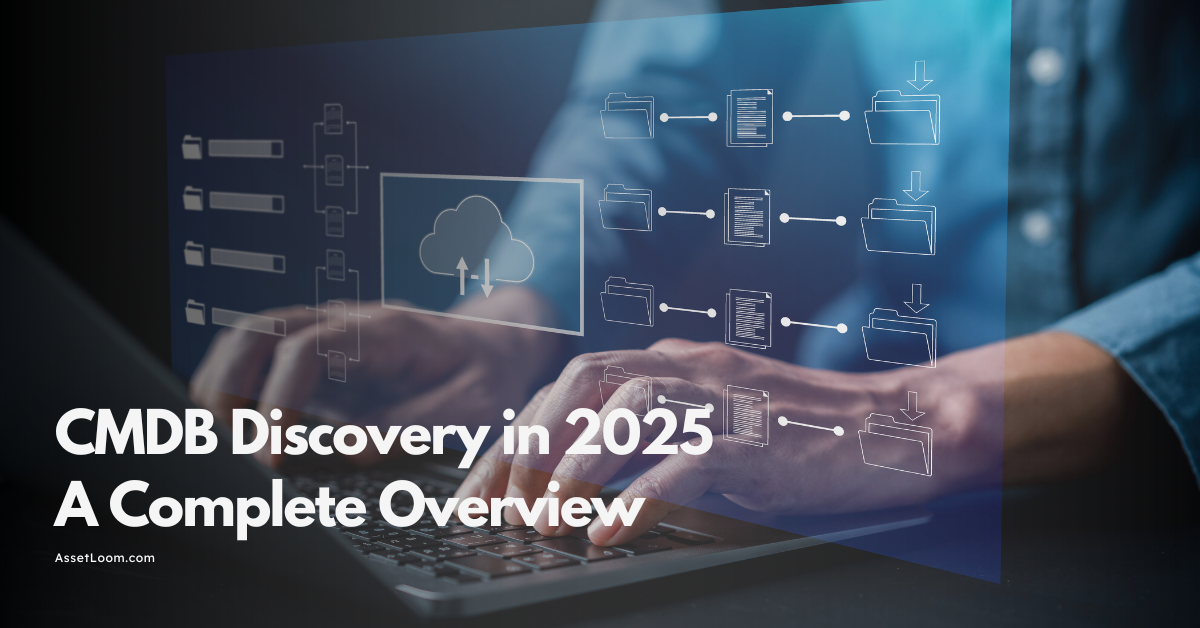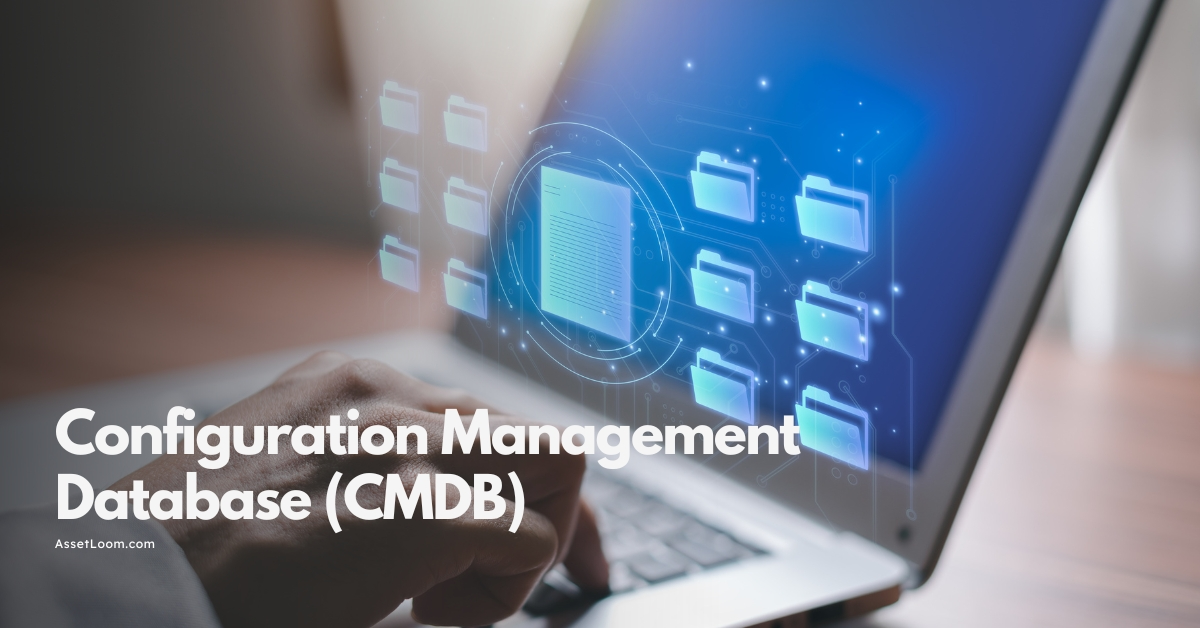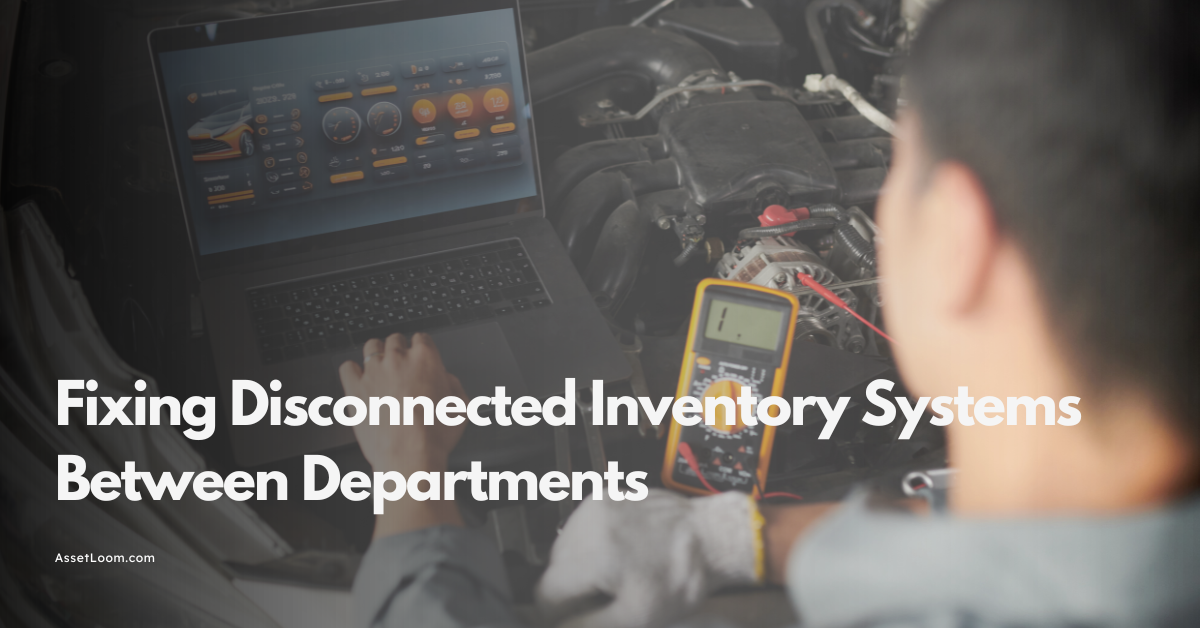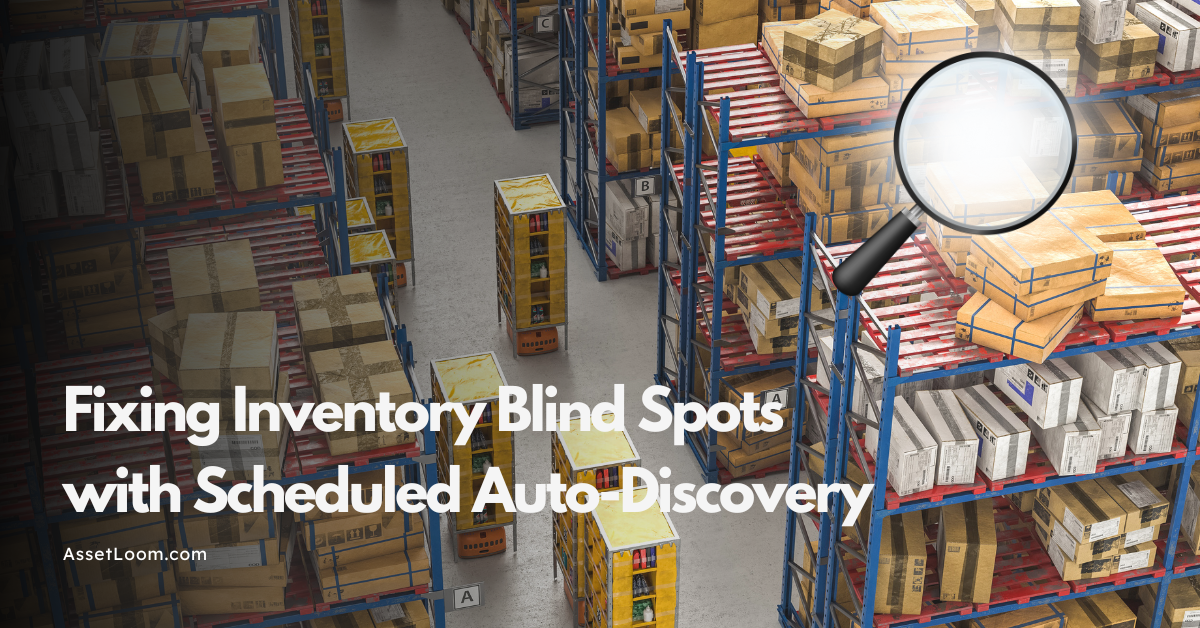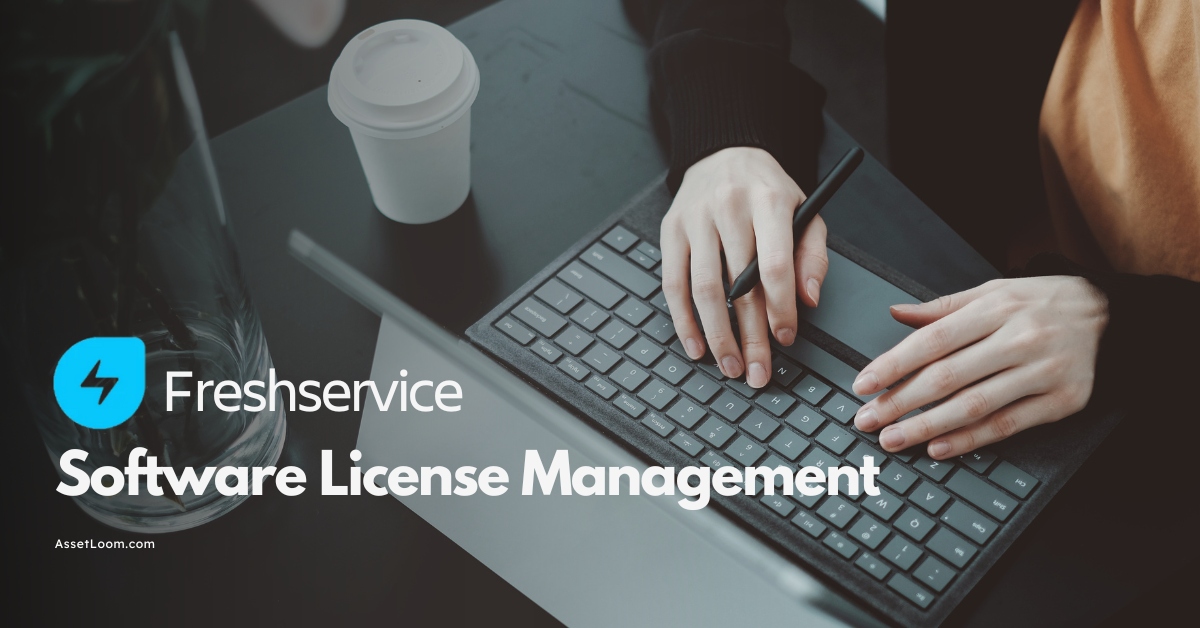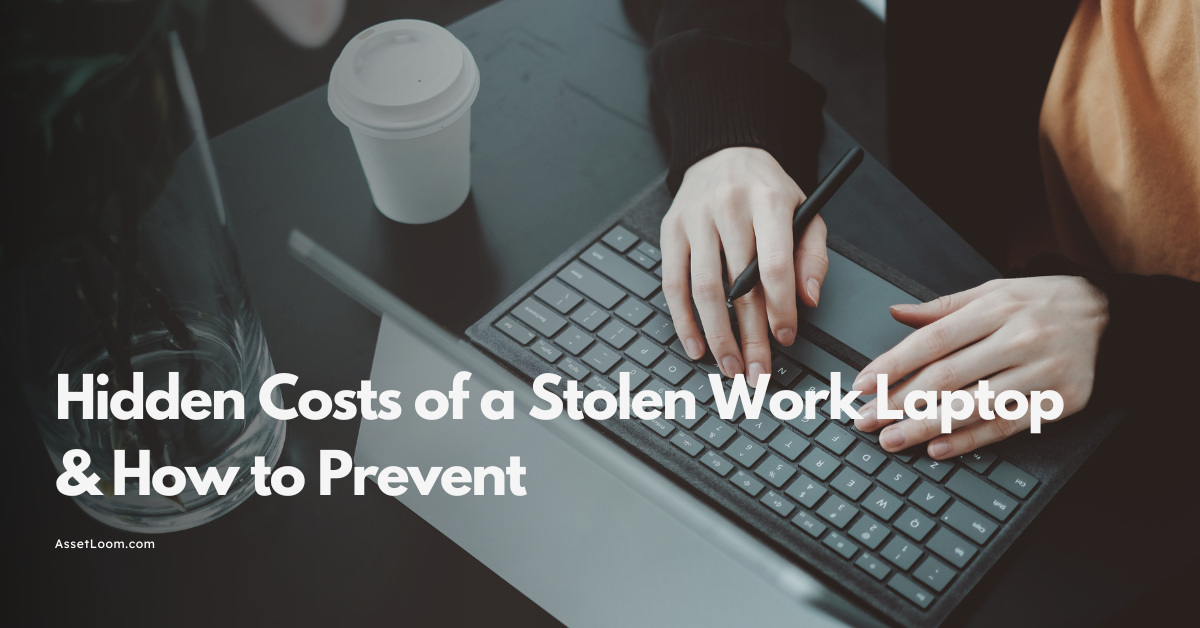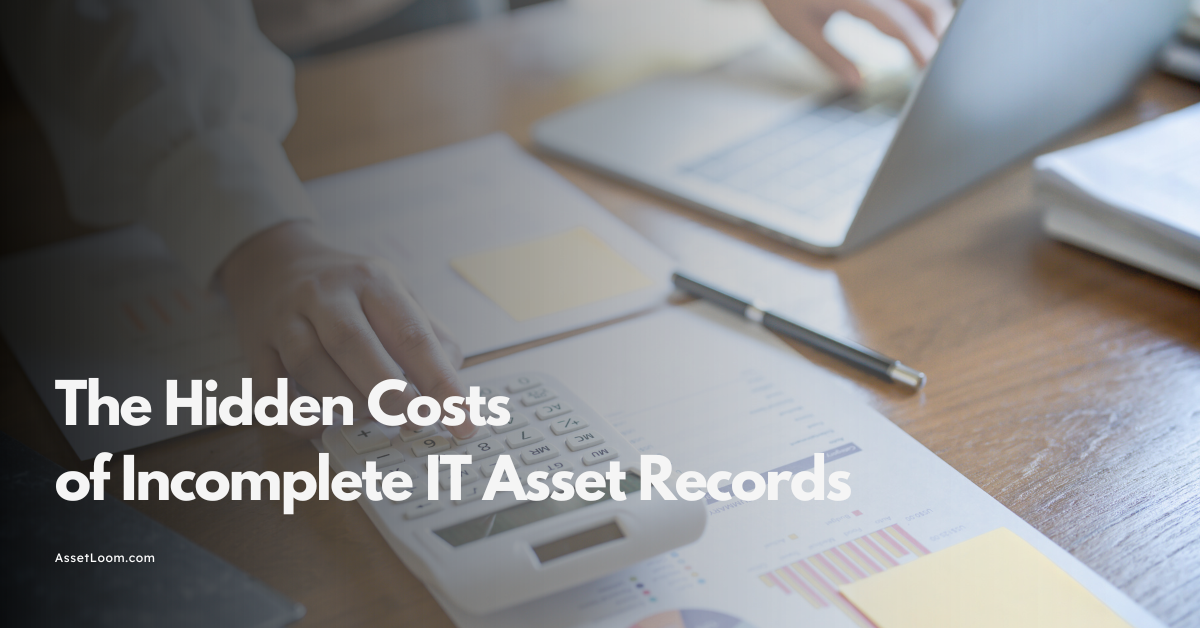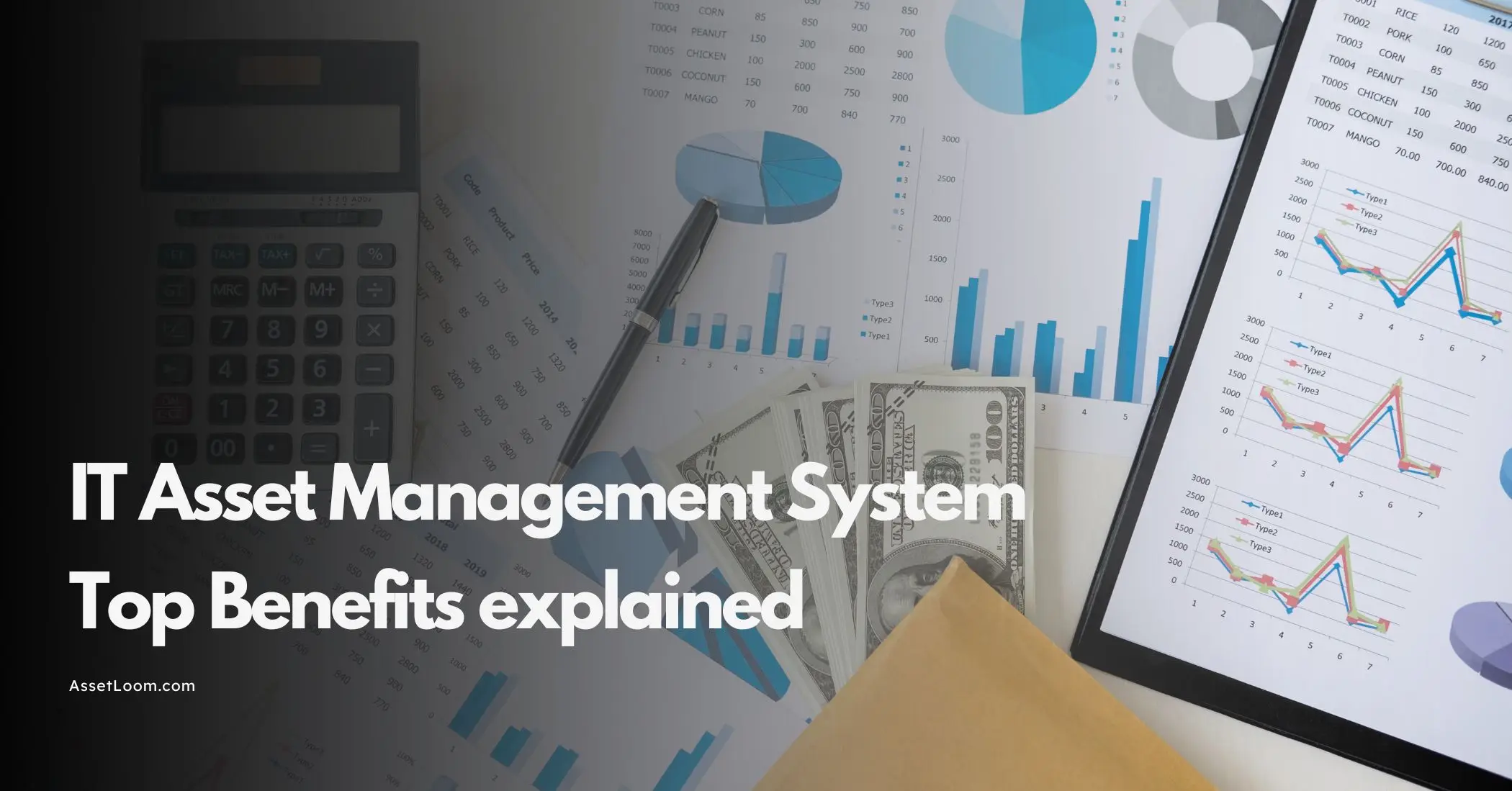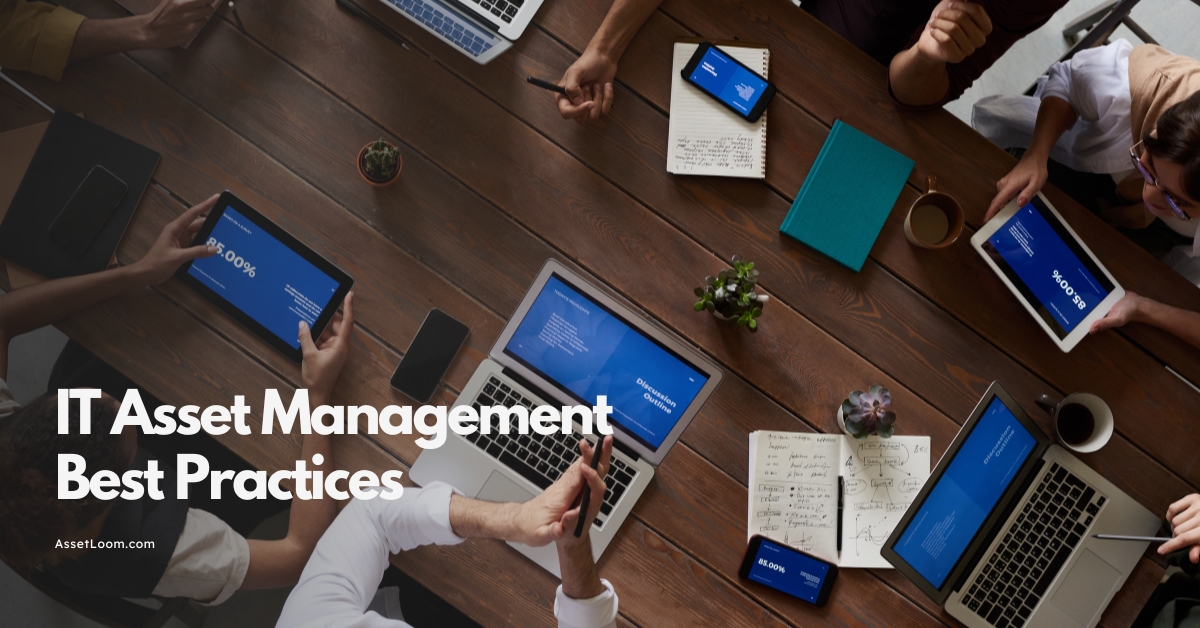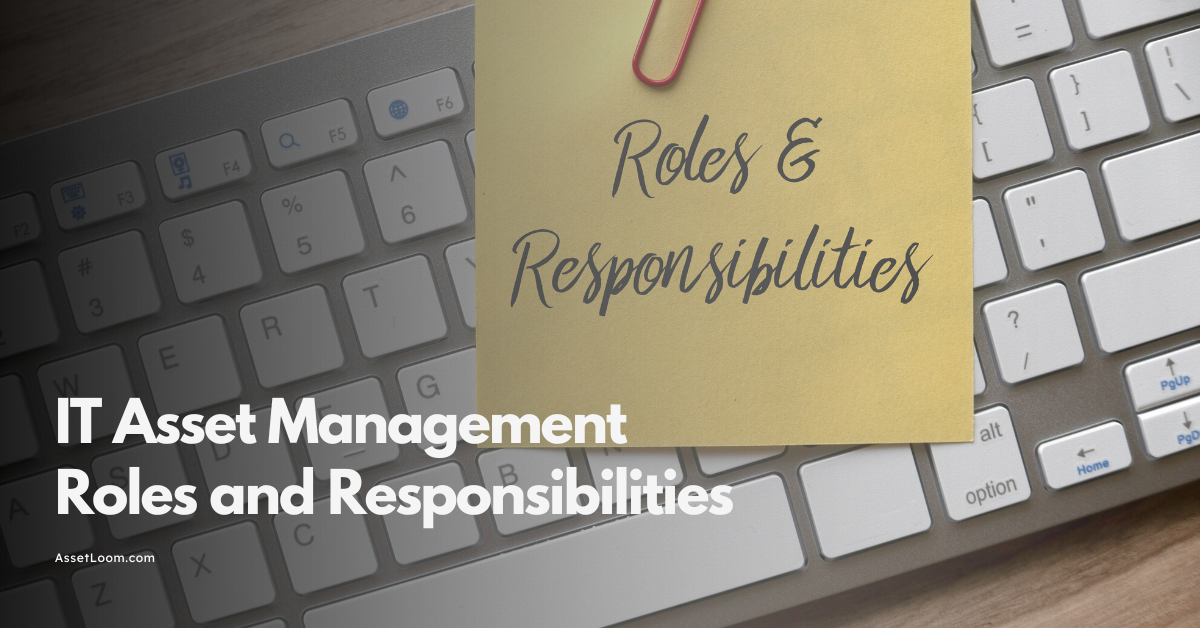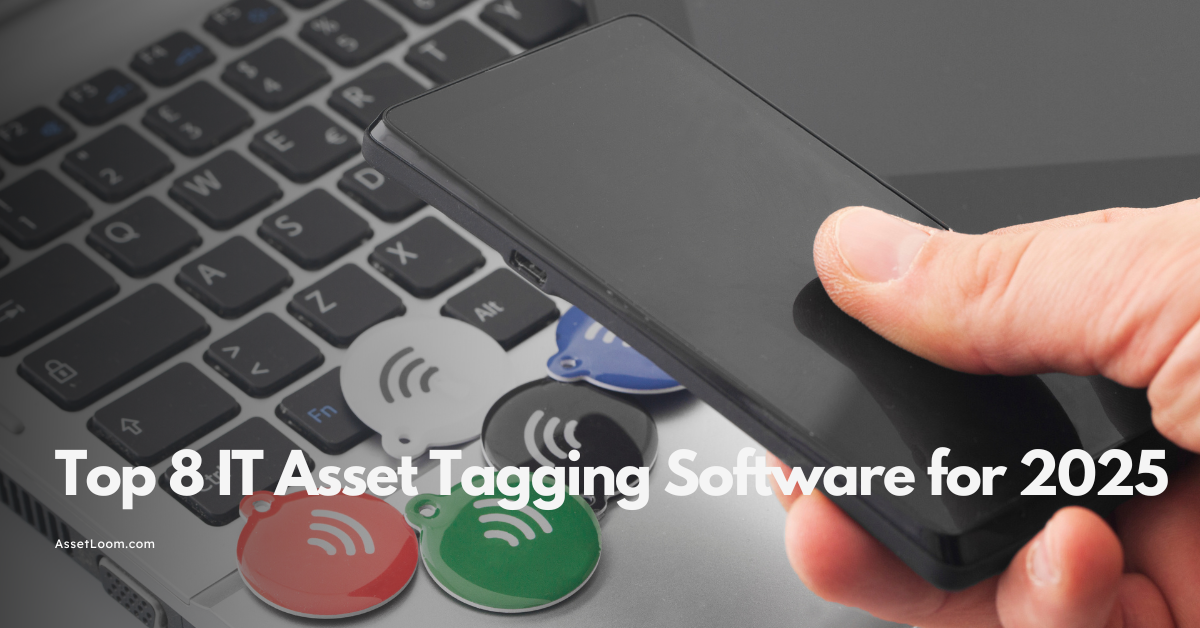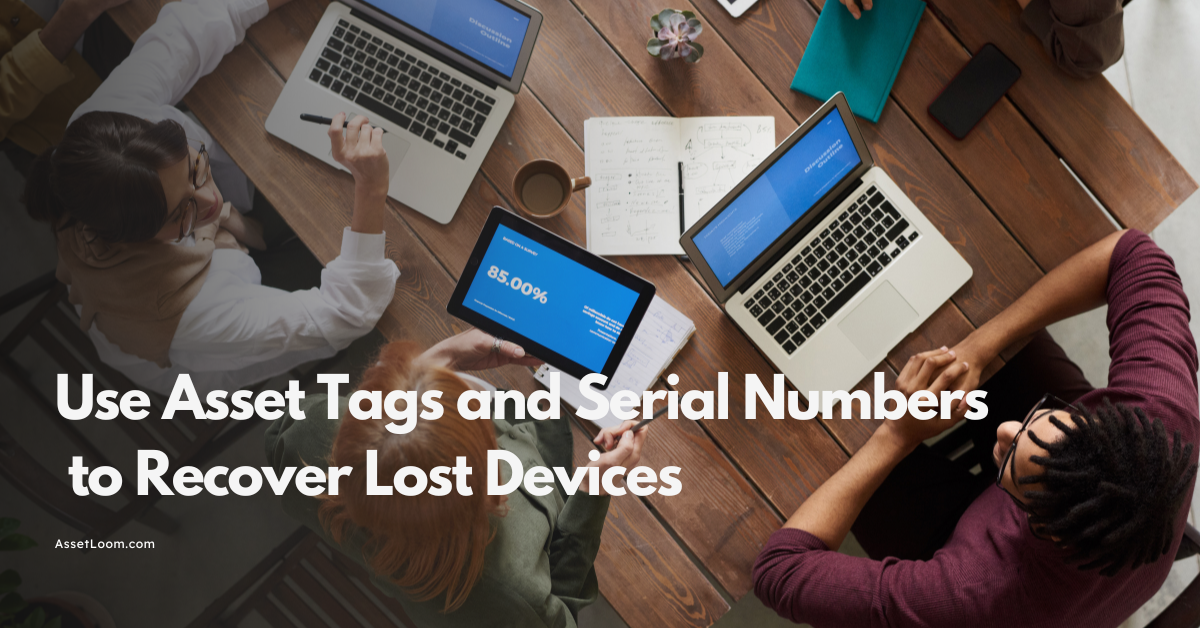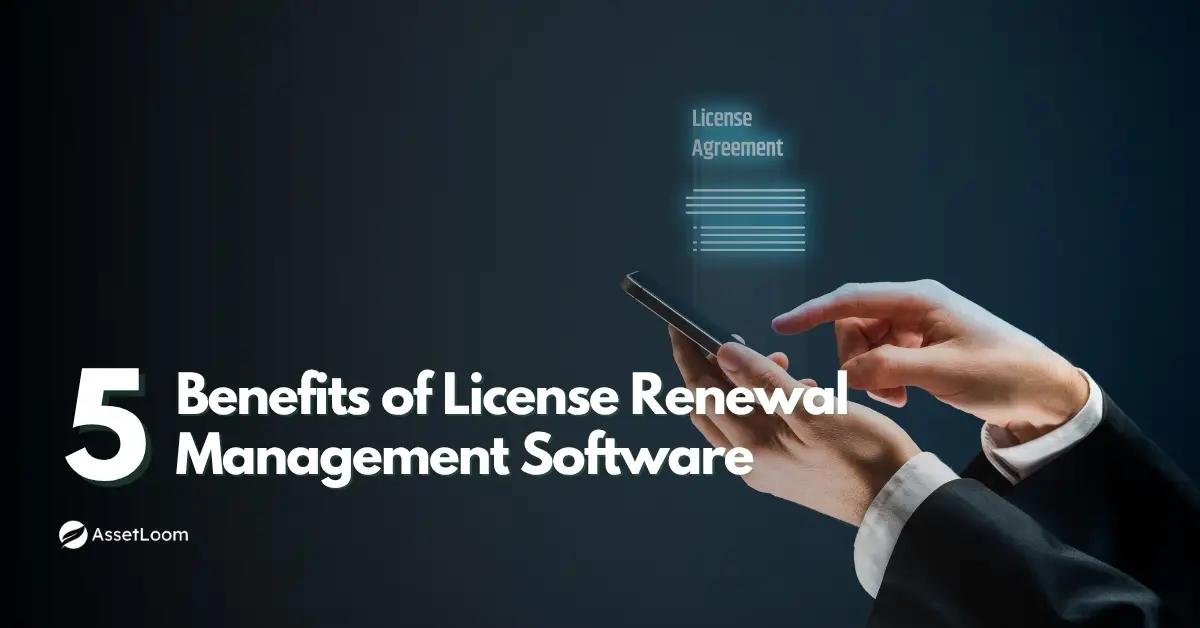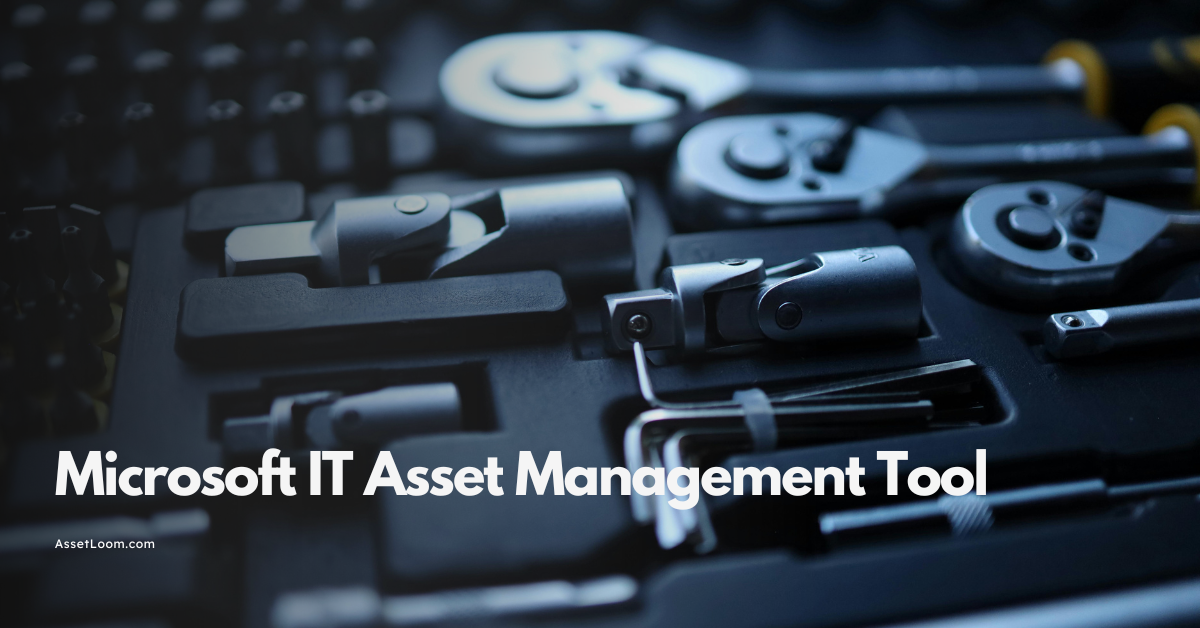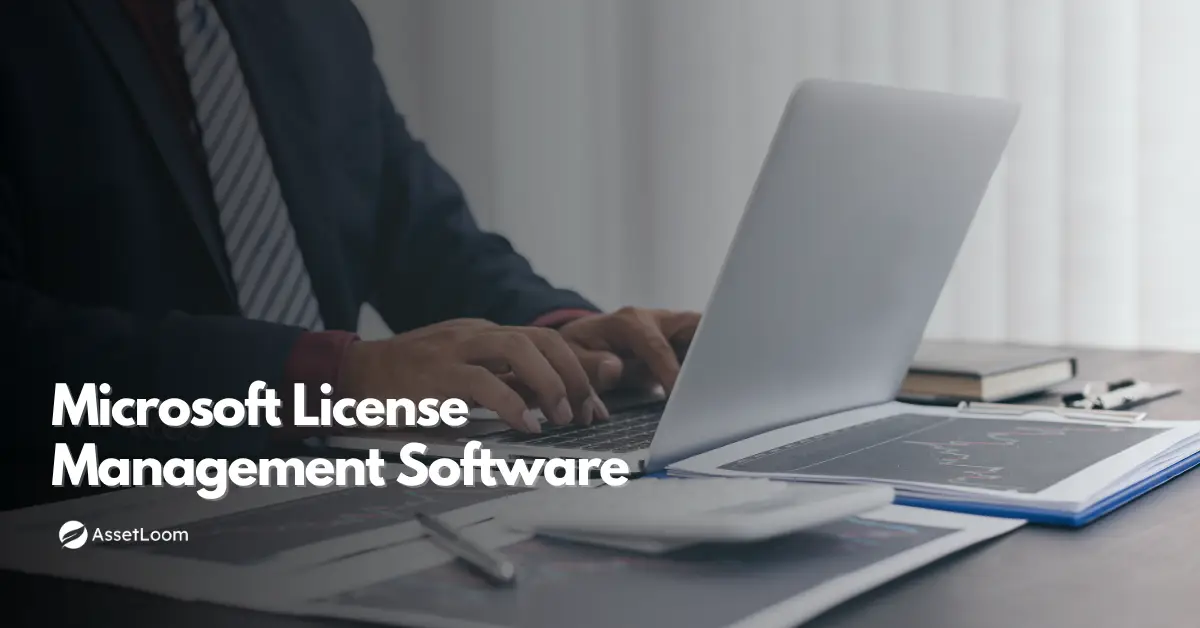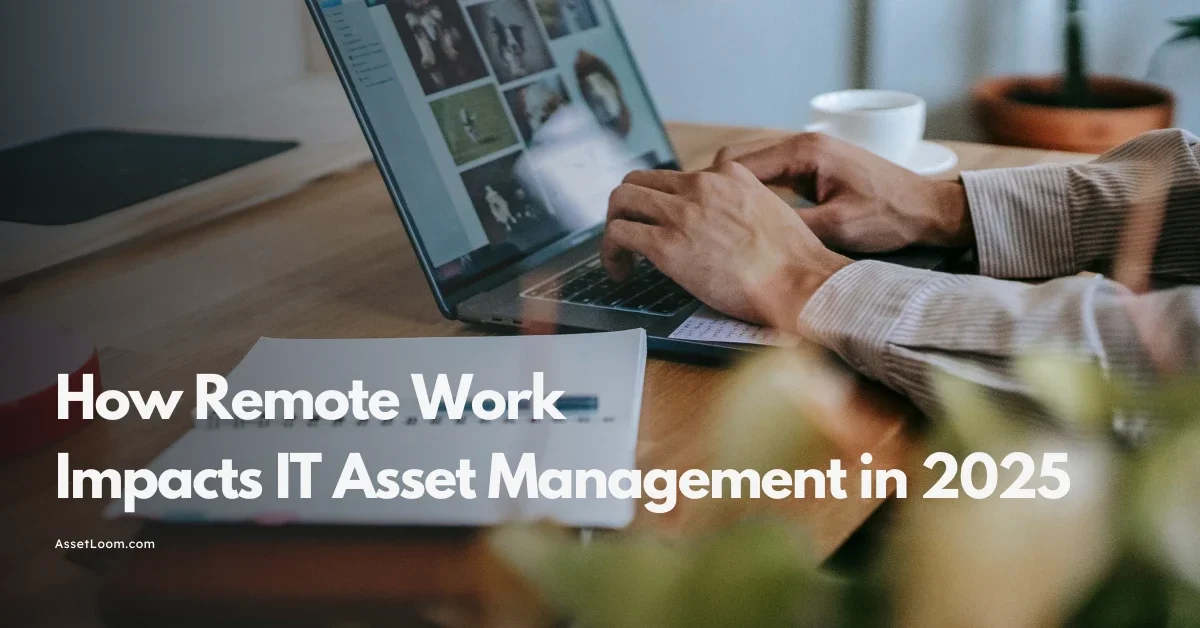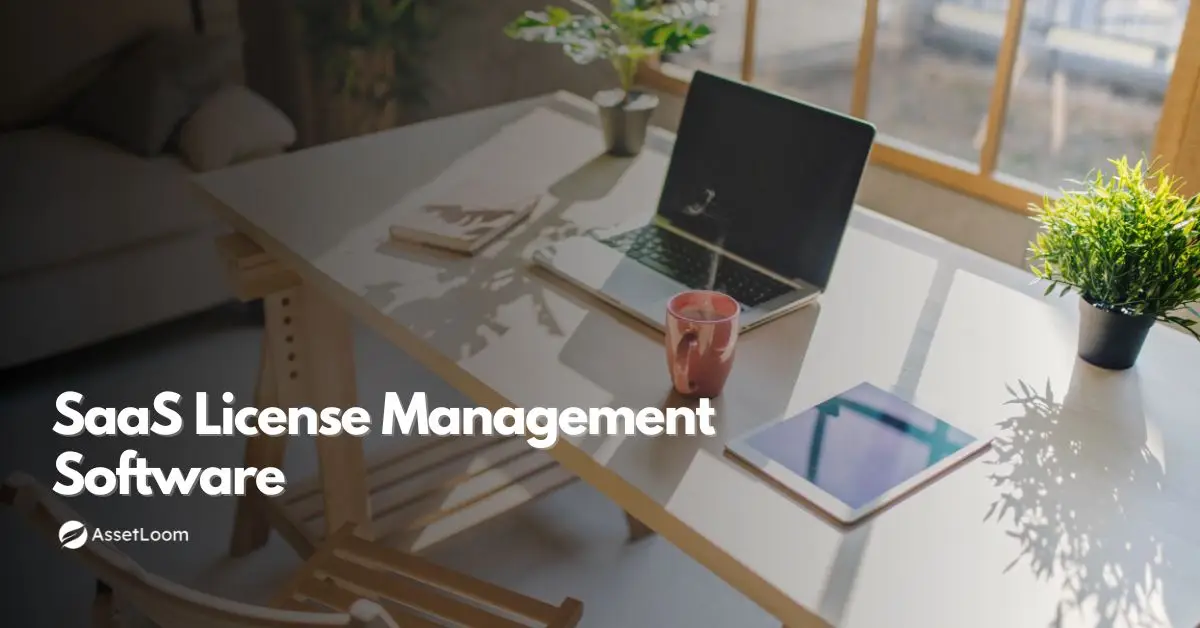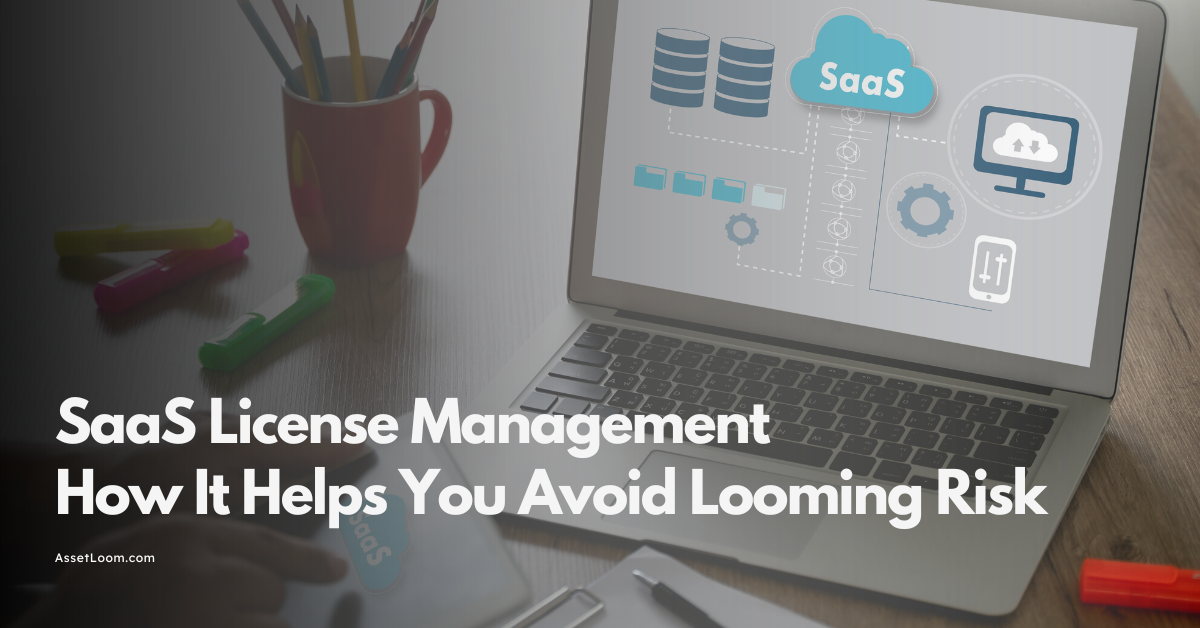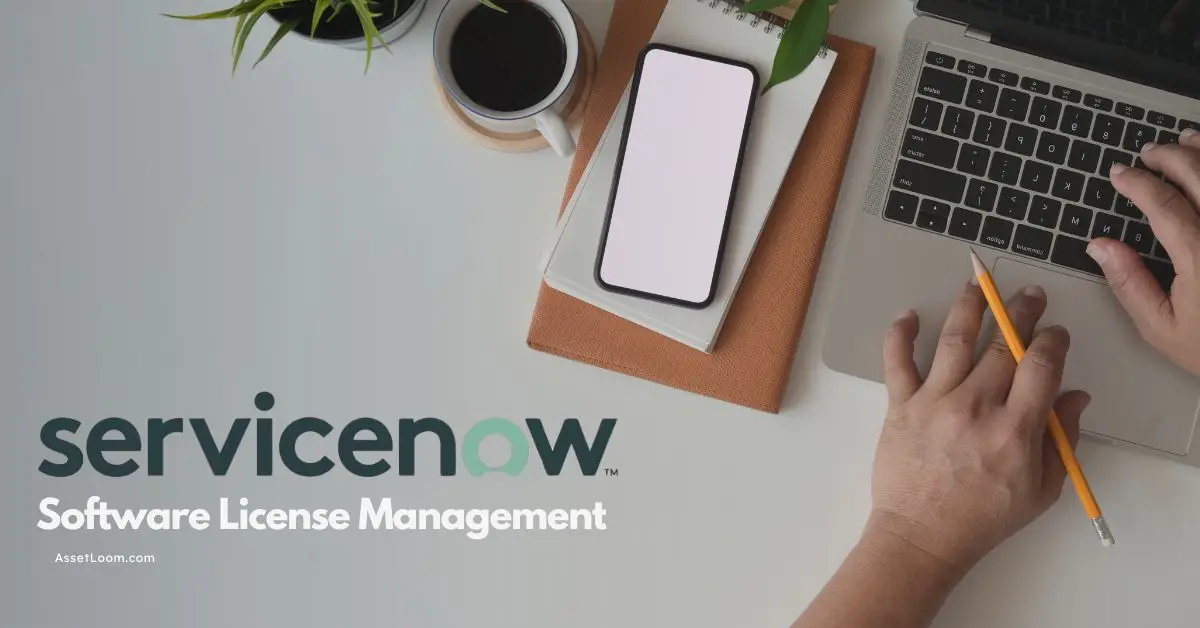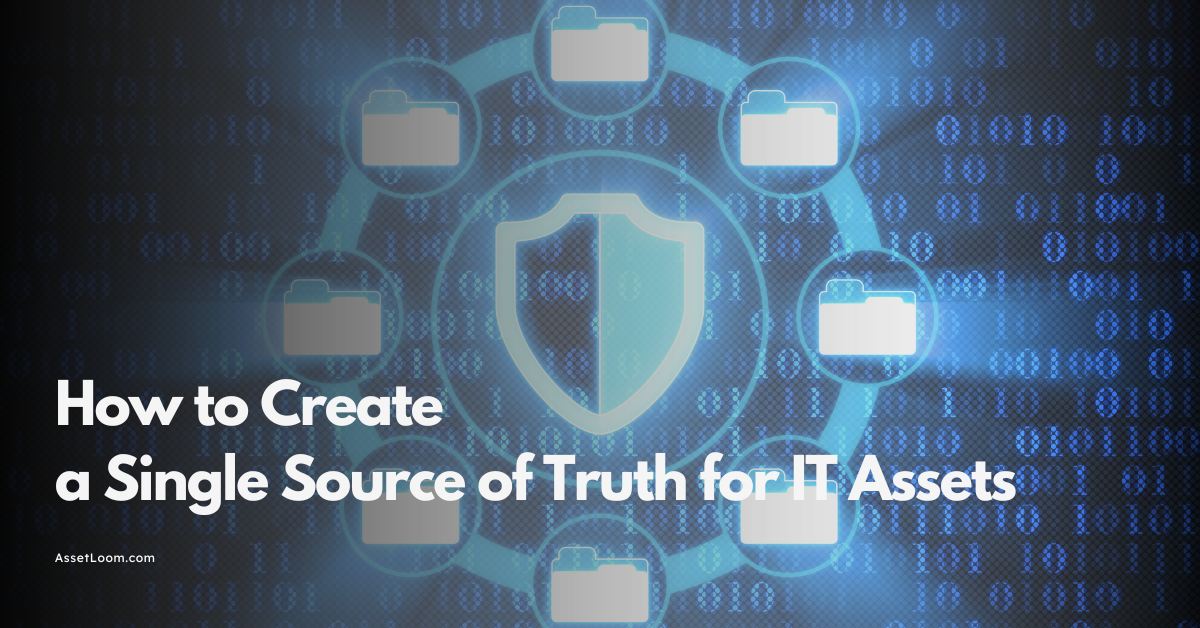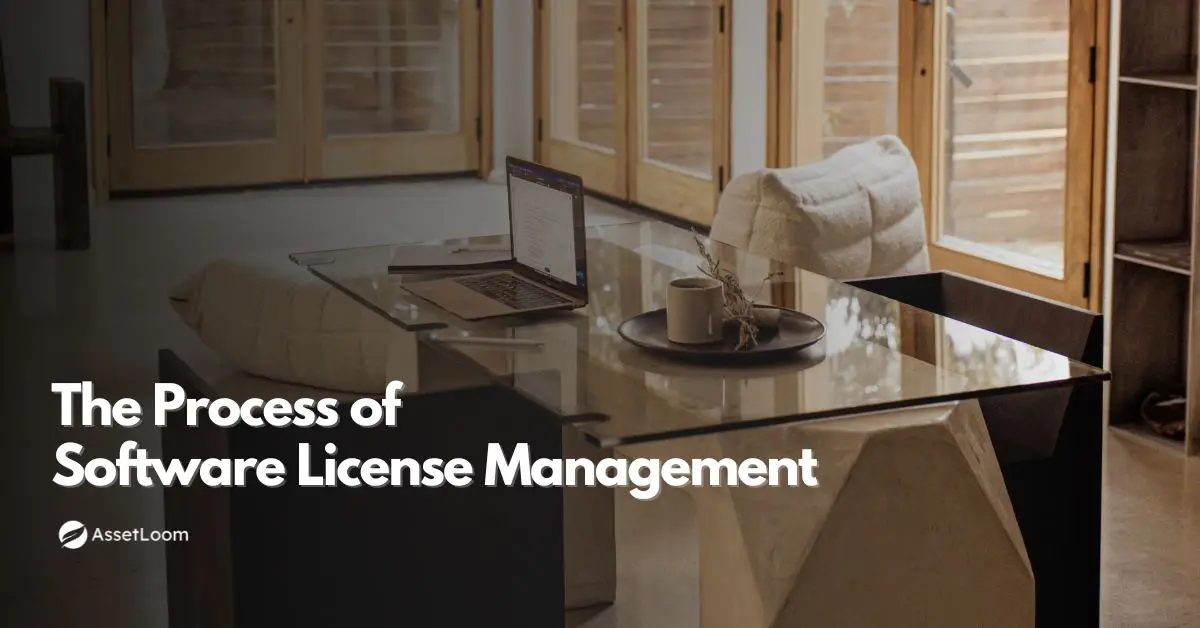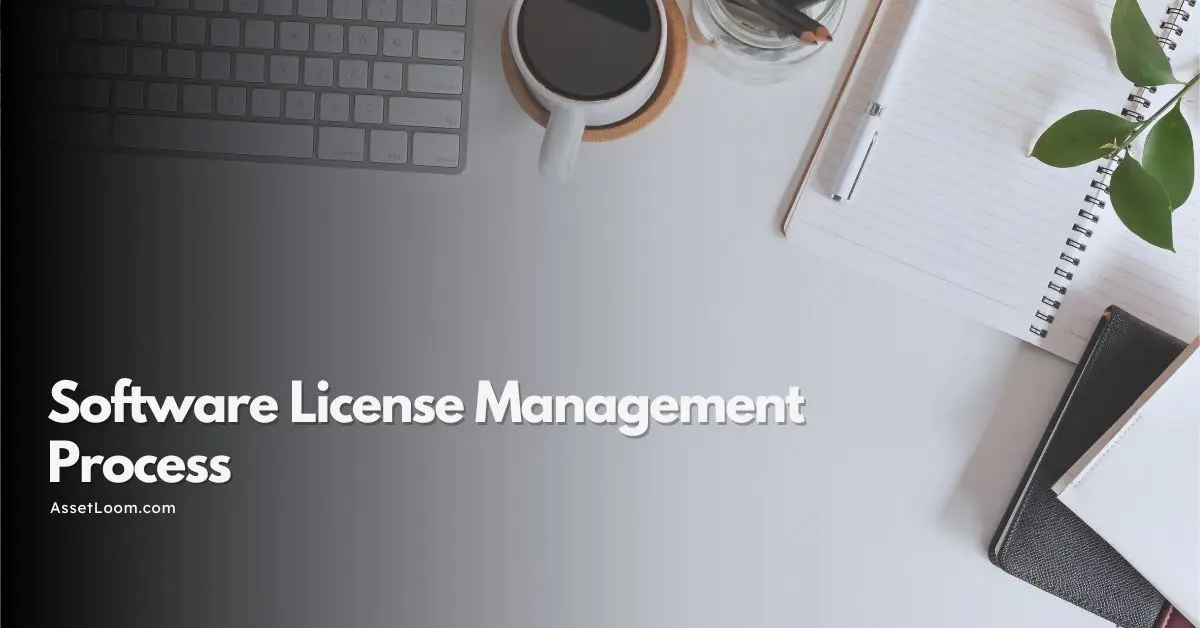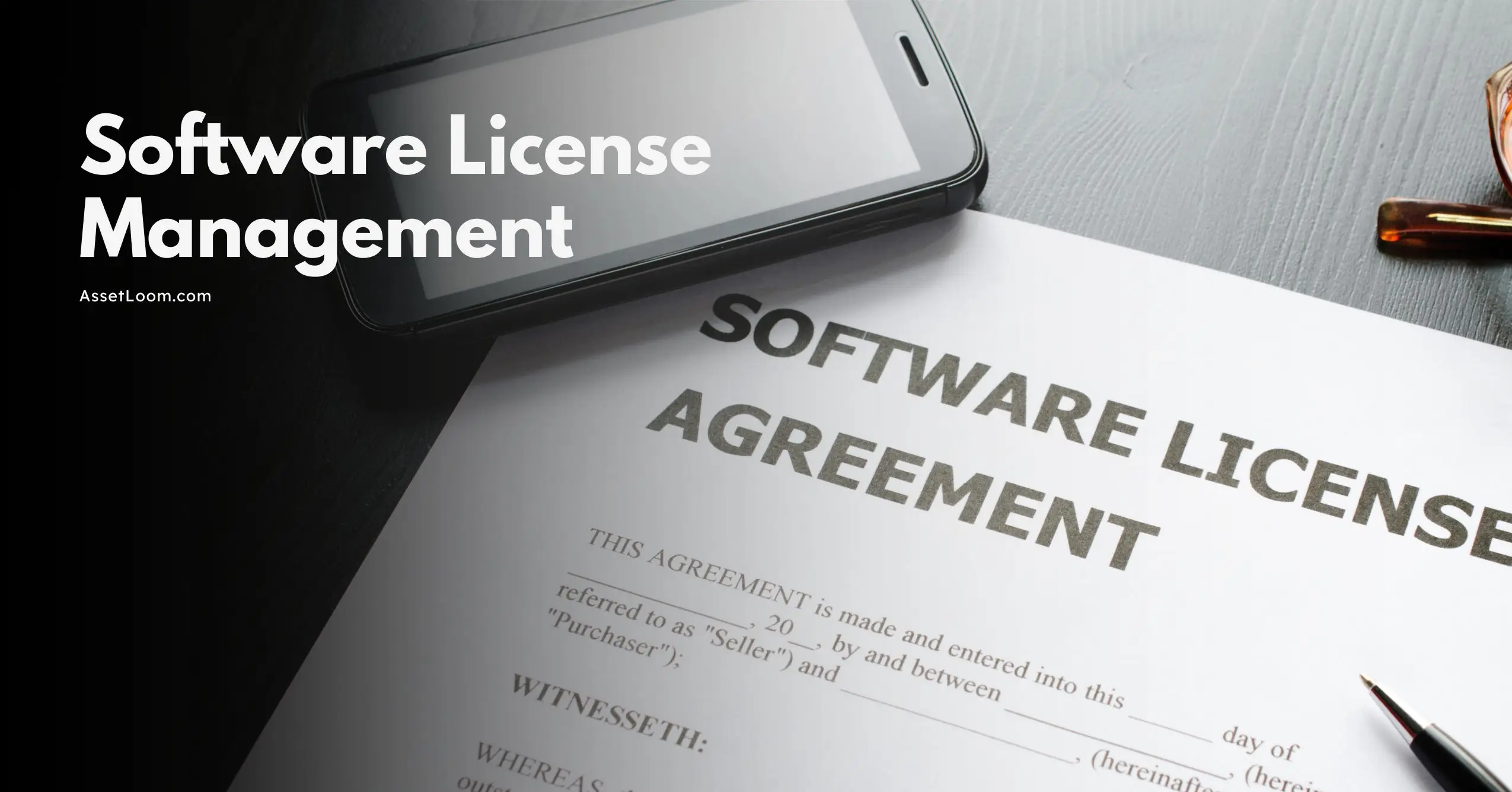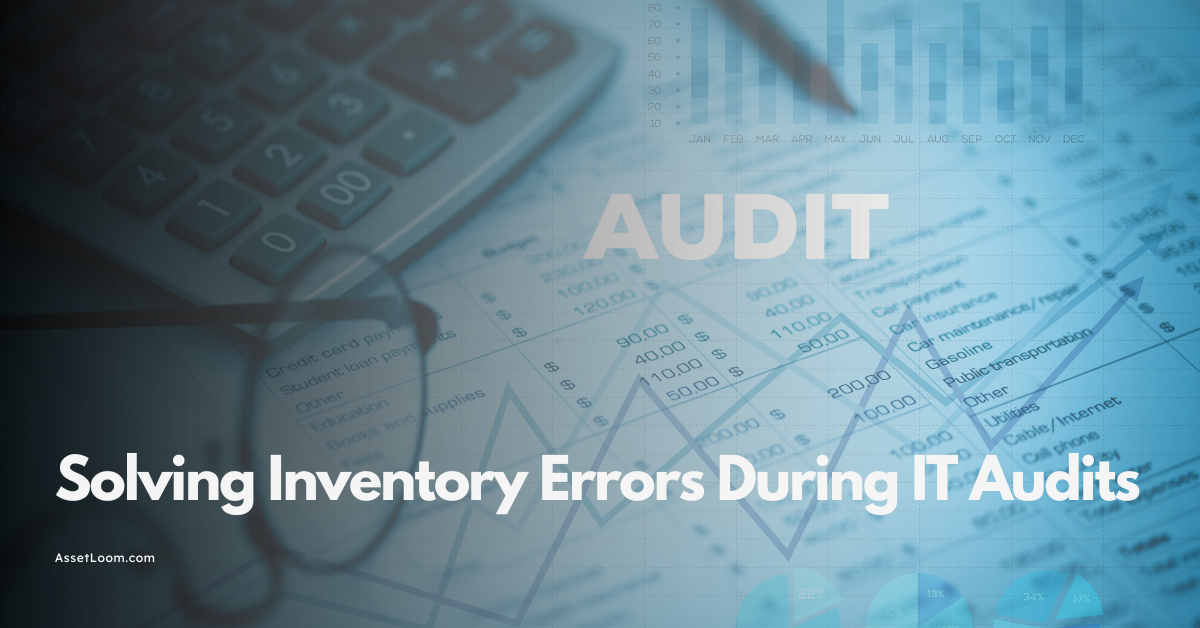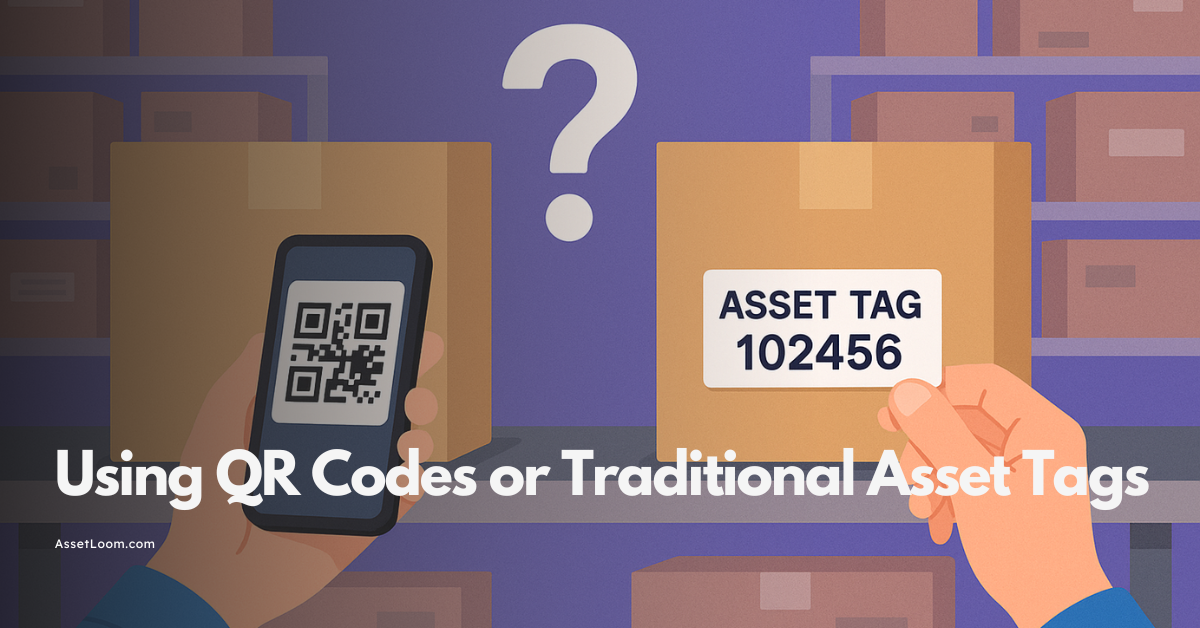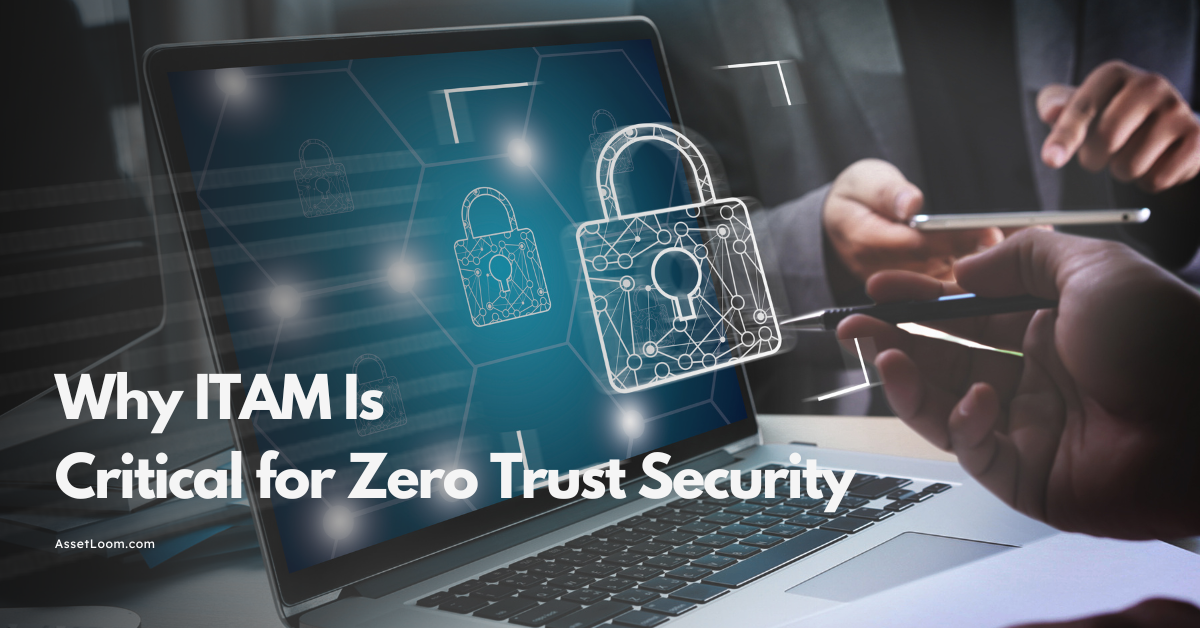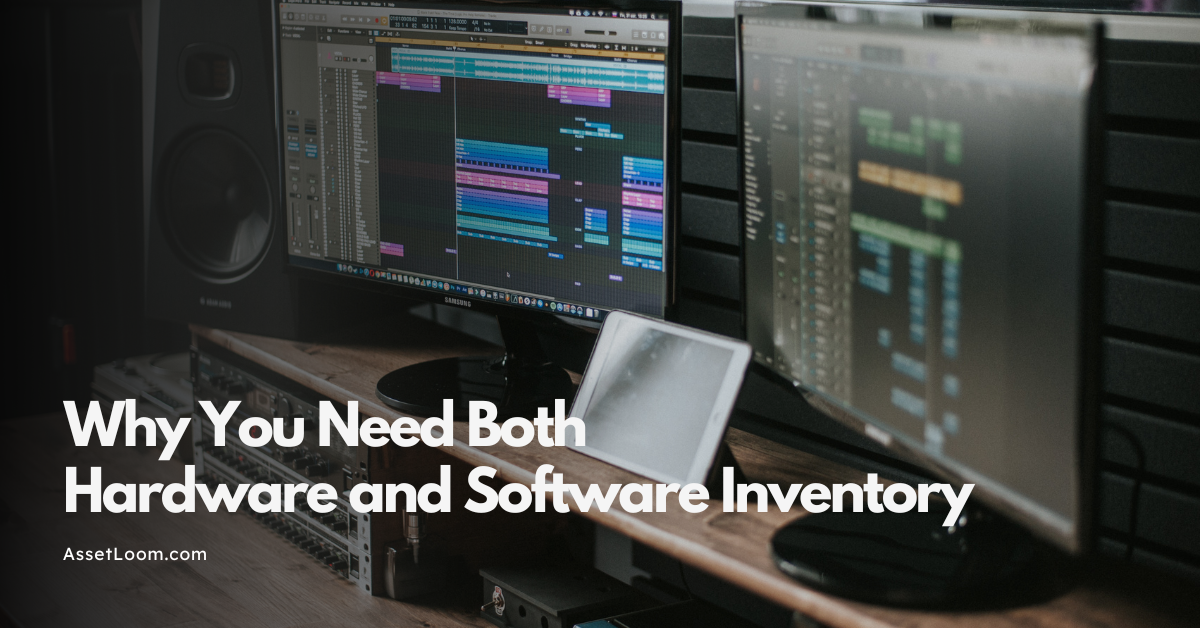Stay Compliant with Business License Management Software: A Simple Guide
Use business license management software to stay compliant with 5 simple steps—avoid fines and track licenses easily.
Forgetting a software license renewal can lead to fines, audits, or a mess no business wants. Tracking licenses—who’s using them, when they expire—often turns into a headache. That’s where business license management software steps in. It’s a tool that keeps your software licenses in check, helping you stay legal without all the stress.
This guide keeps it simple. We’ll walk you through why compliance matters, how this software helps, and some easy steps to stay on track—all to keep your business safe and smooth.
Why Compliance Matters for Your Business
Staying compliant with software licenses isn’t just a box to check—it’s a big deal for any business. First, let’s look at what happens if you don’t. Slip up, and you could face fines that hit your wallet hard—think thousands of dollars for using too many licenses. Next, there’s legal trouble; vendors can drag you into disputes if you’re not following their rules. Plus, a bad reputation might stick if word gets out you’re cutting corners. For example, a company have a might lose track of a license, get audited, and end up paying more than they saved.
Now, here’s the flip side—why it’s worth the effort. Keeping everything legal saves you cash by dodging those penalties. It also protects your data; sticking to license terms often means tighter security, so no leaks slip through. And it keeps your work flowing smooth—no sudden shutdowns from expired software messing up your day. Effective Software license management makes this easier, catching problems before they grow.
So, compliance isn’t just about rules—it’s about running a smart business. It stops headaches like lost licenses or surprise costs. Whether you’re small or big, these risks are real, and the payoffs are too. Next, we’ll see how Business License Management Software turns a tricky job into something simple and safe.
How Business License Management Software Keeps You Compliant
Wondering how business license management software keeps you on the right side of the rules? It’s simpler than it sounds. Picture this: the software watches how many licenses you’re using—like keeping a tally of who’s got what. Before you know it, it pings you with reminders when renewals are due, so nothing slips by. And quietly in the background, it saves a handy list of all your license moves, ready to pull up if anyone asks.
In practice, this makes a difference. Tracking usage prevents overuse, which can violate agreements and trigger penalties—sometimes thousands of dollars per breach. Those reminders ensure you renew before licenses lapse, avoiding gaps that audits love to catch. And that audit trail? It’s a complete record, showing vendors or regulators you’ve followed every rule, often cutting audit time from days to hours.
Some tools, like AssetLoom, handle this by organizing license data in one system and highlighting renewal deadlines or usage limits. It’s one example of how software can streamline the process without extra complexity.
The real advantage comes from automation. Manually, you’d juggle spreadsheets and calendars—prone to errors like missed dates or lost notes. Software eliminates that risk, keeping your business compliant with less effort. Up next, we’ll outline steps to use it effectively.
Simple Steps to Stay Compliant with Business License Management Software
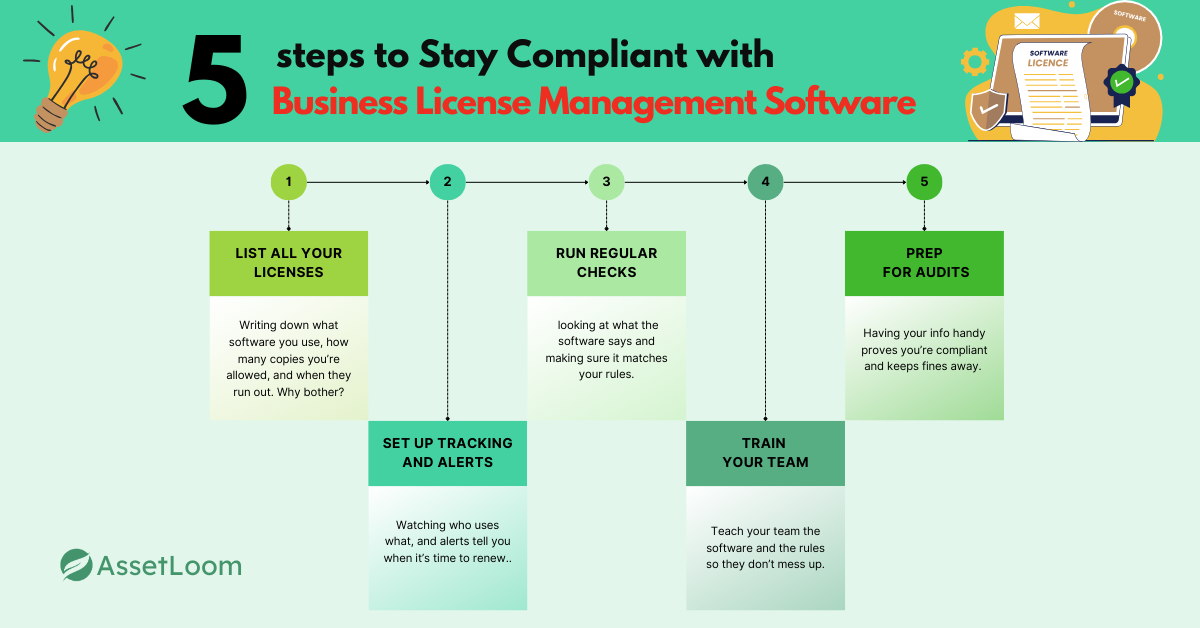
Step 1: List All Your Licenses
Let’s start with the basics—make a list of every software license (Microsoft, AWS, Firewall, CRM software,...) your business has. This means writing down what software you use, how many copies you’re allowed, and when they run out. Why bother? If you don’t know what you’ve got, you might use too many or miss a renewal, and that’s against the rules.
Here’s how to do it: grab your purchase emails or receipts and jot down the details—name, number of users, and expiration dates. A spreadsheet works, or you can use a tool like AssetLoom to type it all in one place. Say you’ve got 20 Zoom licenses—list who’s using them so you don’t go over. This step is like making a map—it shows you where everything is so you don’t get lost.
Step 2: Set Up Tracking and Alerts
Now that you’ve got your list, keep an eye on it. Tracking means watching who uses what, and alerts tell you when it’s time to renew. This keeps you legal by stopping you from breaking limits or forgetting deadlines.
Here’s the easy way: use software to check usage and send reminders. AssetLoom, for example, can show you who’s on your 10-user plan and ping you before it expires. Try setting a test alert—like one for next week—to make sure it works. If you’ve got five cloud apps, this stops fines from sneaking up. It’s like a buddy who taps you on the shoulder when something’s up.
Step 3: Run Regular Checks
Don’t just sit back—check your list every few months. This means looking at what the software says and making sure it matches your rules. It’s important because mistakes—like extra users—can mess up compliance if you don’t catch them.
Here’s what to do: pull a report from your tool and compare it to your license deals. Got 15 users on a 10-user license? Fix it quick. AssetLoom might show this in a simple chart—easy to spot. A shop with 20 computers could find two extras this way and stay safe. Write down what you find each time—it’s proof you’re checking. This is like a quick cleanup to keep things tidy.
Step 4: Train Your Team
Your team needs to know how this works too. Teach them the software and the rules so they don’t mess up. This matters because if someone adds software without a license, it’s a compliance problem you’ll have to fix.
Here’s how to keep it simple: spend 20-30 minutes showing them the tool—like how AssetLoom lists licenses and flags renewals. Use a real case, like “here’s our Photoshop limit,” so they get it. A team of 10 can learn fast and avoid slip-ups. Do this once a year to refresh them. It’s like giving everyone a playbook so the whole team plays fair.
Step 5: Prep for Audits
Last, be ready for audits—when someone checks if you’re following the rules. Having your info handy proves you’re compliant and keeps fines away. This step makes sure you’re covered if a vendor knocks.
Here’s the plan: keep all your license info in the software, ready to grab. AssetLoom can spit out a list of everything—test it by pulling one now. A business with 50 licenses can show it all in minutes. Save a copy somewhere safe too. It’s like having your homework done before the teacher asks—so you’re always good to go.
Common Compliance Mistakes to Avoid
Even with a good plan, staying compliant can go wrong if you’re not careful. Here’s a list of common mistakes to watch out for when using business license management software—and how to steer clear.
- Ignoring Renewals: Letting a license expire sneaks up fast. Before you know it, you’re breaking rules, facing fines, or losing software mid-day. Fix it by setting alerts to catch deadlines early.
- Not Tracking Usage: If you don’t watch who’s using what, too many people might jump on—like 15 on a 10-user license. That’s a big cost when auditors check. Keep tabs on your numbers often.
- Skipping Team Training: Without training, your crew might not get the software or rules. Someone could add unlicensed stuff, and that’s trouble. Spend a few minutes showing them how it works.
- Keeping Sloppy Records: Messy or missing logs—like no proof of renewals or users—make audits a nightmare. Save everything in your tool so it’s there when you need it.
Using tools like AssetLoom or FlexNet Manager can help with tracking and reminders to avoid these slip-ups, but you’ve still got to stay on it. Watch renewals, check usage, train your team, and keep clean records. That keeps compliance easy and your business safe—no stress required.
Conclusion
So, there you have it—staying compliant doesn’t have to be a hassle. With business license management software, you can keep your licenses in check and your business safe. We’ve covered why it matters—dodging fines, keeping things legal, and saving cash. Then, we looked at how this software tracks usage, sends alerts, and keeps records to make it all easier. After that, those five steps—listing licenses, setting up tracking, checking regularly, training your team, and prepping for audits—give you a clear path. Plus, avoiding slip-ups like missing renewals or sloppy records keeps you out of trouble.
Now it’s up to you. Start by grabbing your license list and seeing where you stand—are renewals sneaking up, or usage off track? Tools like AssetLoom can help with the heavy lifting, but any software works if you follow the steps. Got questions? Drop a comment—we’re here at AssetLoom to point you in the right direction. In the end, compliance isn’t just about rules—it’s about running a smarter, safer business. Take these ideas, put them to work, and keep things simple and legal.

Subscribe for Expert Tips and Updates
Receive the latest news from AssetLoom. right in your inbox







